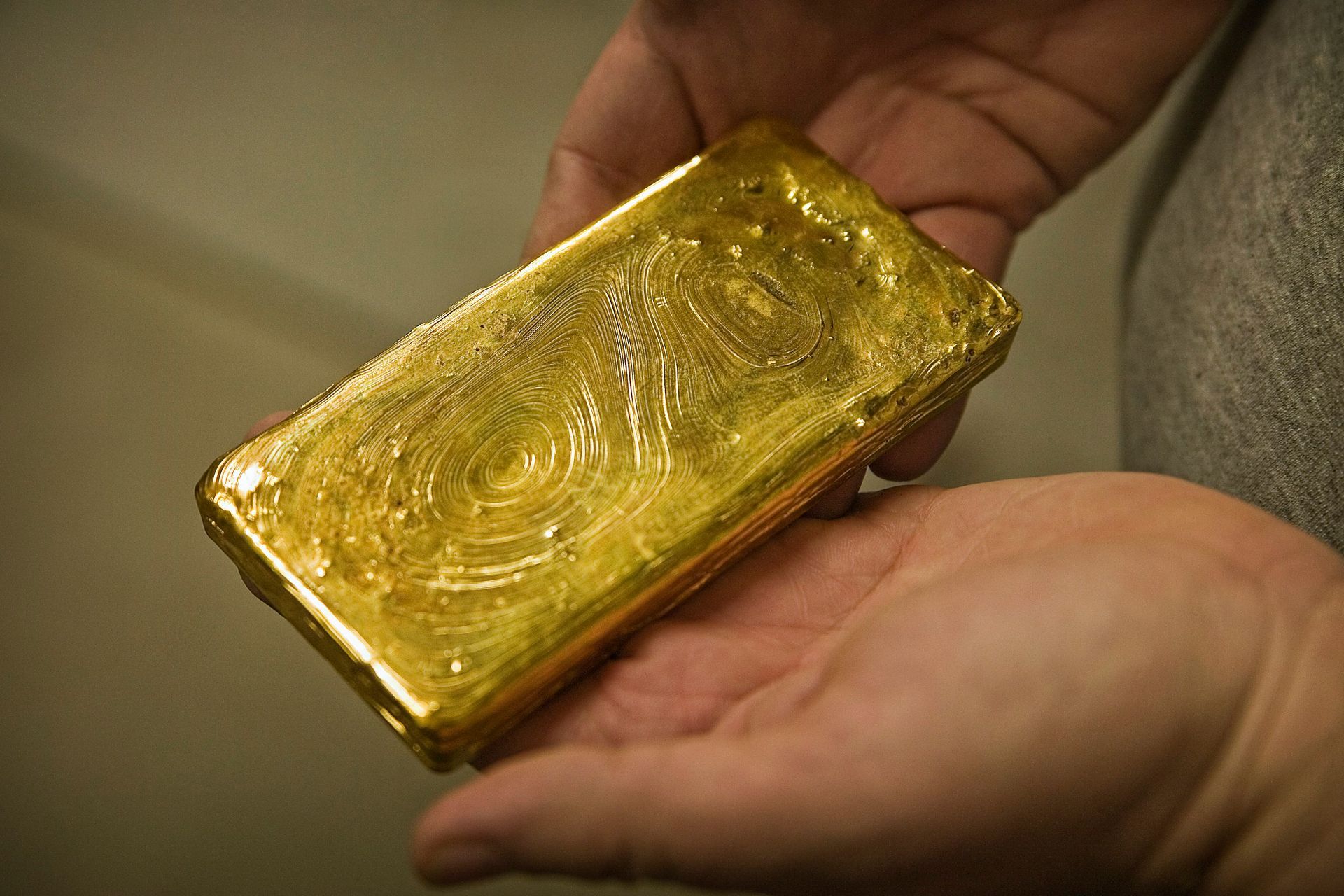Atlantic Precious Metal Refining
Serving the World from the Suburbs of Pittsburgh, PA
Contact Us
Hero Request Form



Why Atlantic Precious Metal Refining
Choosing Atlantic Precious Metal Resources means partnering with a company that values your business as much as the metals we refine.
We've fine tuned our processes to offer some of the highest returns for dental scrap in the market. Our commitment to honesty and integrity isn't just a slogan - its the foundation of every interaction we have with our customers.
We understand the importance of trust and transparency in our field and take pride in our ability to provide personalized attention to each customer, ensuring that you receive the best possible service and value for your precious metals.
Since 1988, Atlantic Precious Metal Resources has been a trusted name in the scrap metal industry, offering services with a focus on precious metal refining. Our family-owned and veteran-operated business brings over three decades of expertise to every transaction. We've built our reputation on providing exceptional value for dental scrap and other precious metals, always prioritizing honesty and integrity in our dealings.
Whether you're a dental professional looking to recycle your scrap or an individual interested in selling your unworn jewelry, coins, bullion or sterling silver, our team is committed to delivering personalized service and competitive rates across the United States.
Dentists
Dental Scrap Refining for Dentist, Dental Group Practices and Dental Service Organizations.
Jewelers & Pawn Shops
Expert refining solutions for the jewelry and pawn industry—Maximize your returns on gold, silver, platinum, and palladium!
Individual Sellers
We buy gold, silver, platinum, palladium, and precious metal items like watches, jewelry, dental caps/crowns, and more.
Our Refining Process
At Atlantic Precious Metal Resources, we adhere to a strict 4-step process to guarantee you get the highest return on your precious metal and dental scrap refining. Based on our 35+ years in the industry, we've earned a sound reputation nationwide for our honesty and integrity. We are family, and veteran-owned, and look forward to serving you. Call us today to discuss your refining needs.
Our Fees
We pay on a five-day average of the London close. Your payment is calculated by taking the day of your settlement and the four prior days. We have no minimum weight requirement. We process all items - small and large







Share On: